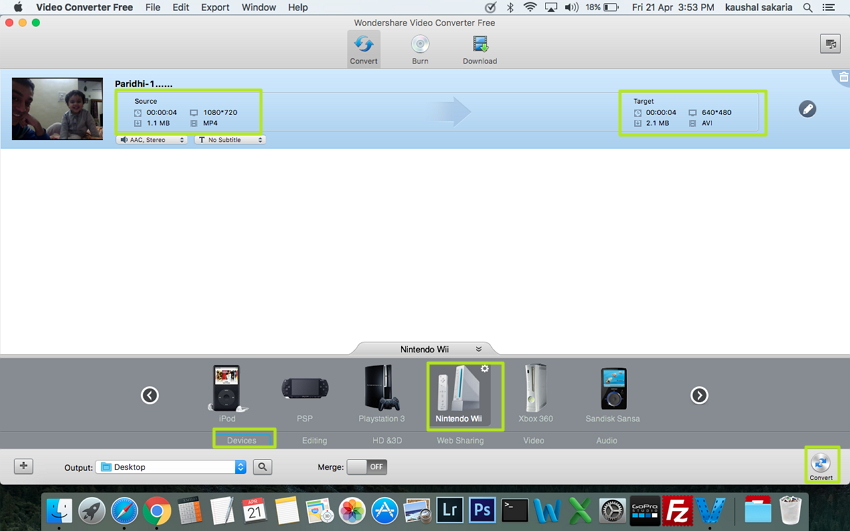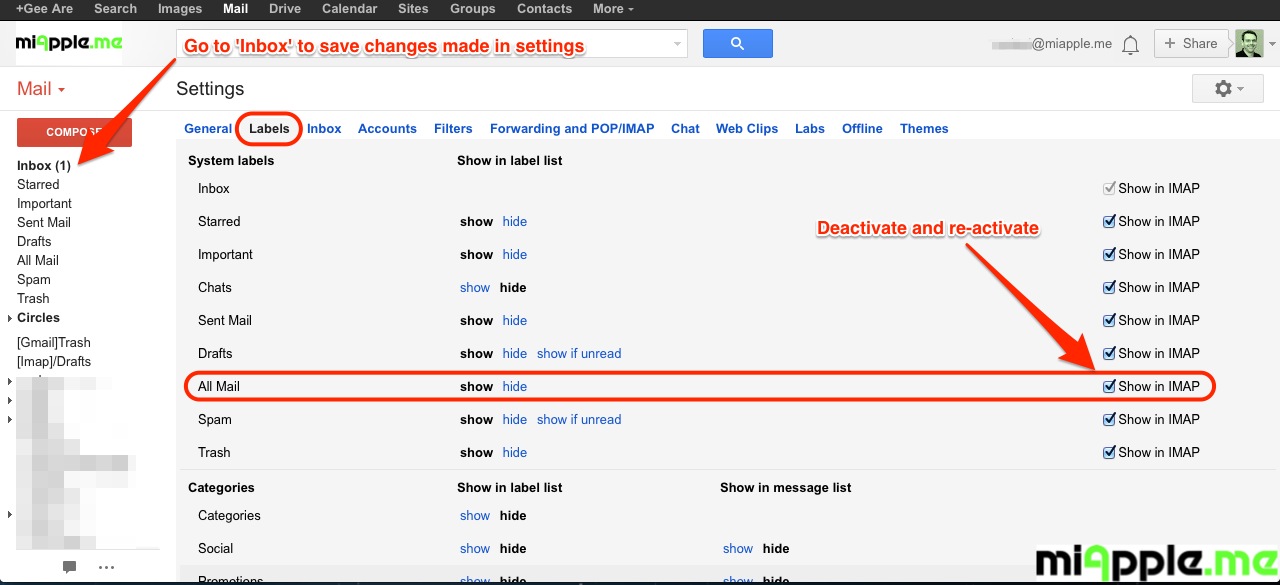Archived Mavericks Bugs
Ricoh mp c4503 drivers for mac. Compared with using 'PCL6 Driver for Universal Print' by itself, this utility provides users with a more convenient method of mobile printing. Note: PCL6 Driver for Universal Print v2.0 or later can be used with this utility. A single, intelligent advanced driver, which can be used across your fleet of multifunction and laser printers. Legacy InfoPrint Workgroup Printer Support Get support for legacy and discontinued IBM/InfoPrint workgroup and industrial printers.
If you are preparing to install macOS on multiple computers, one of the things that can make your life simpler (and the waiting shorter) is a bootable USB installer. The idea of the installer is that you only need to download the macOS Installer.app from the App Store once. Usually, when you run the installer after downloading it, it’ll delete itself and you have to go through the whole download process again on each machine or disk that you want to install macOS onto.
If you could post better specs, we might be able to give suitable advice. Intel Pentium B950 appears to be a 64bit CPU, so that's Ok for Mavericks (or any Lion, ML or Yosemite installation to that effect). Apple have today released updates to Bash for Lion, Mountain Lion and Mavericks. All users are recommended to update to Bash version 3.2.53(1) to patch the recently found “Shellshock” exploit. All users are recommended to update to Bash version 3.2.53(1) to patch the recently found “Shellshock” exploit.
By making a bootable USB drive, you simply plug the drive in to your mac, launch the installer app and tell it where to install the OS.  You can repeat this as many times as you like as the installer will remain safe on your USB.
You can repeat this as many times as you like as the installer will remain safe on your USB.  There are various ways to make a bootable USB installer, but they all involve the same process: 1. Download the macOS Installer from the App Store. Run the createinstallmedia command from the Terminal, an AppleScript or a helper app. Reboot your mac, choosing the newly created USB as the startup disk.
There are various ways to make a bootable USB installer, but they all involve the same process: 1. Download the macOS Installer from the App Store. Run the createinstallmedia command from the Terminal, an AppleScript or a helper app. Reboot your mac, choosing the newly created USB as the startup disk.
Run the installer.app from the USB. Step 2 is where the fun is. The createinstallmedia command can be tricky to get right, particularly if you’re not familiar with working on the command line. For those of you that are, follow. For a little more convenience, I which will first ask you for the location of the installer, then ask you to choose the USB target. For maximum convenience, I also wrote a free little Swift app I’ve dubbed ‘‘ (cos “Create bootable macOS Installer Drive.app” just didn’t quite have the right ring to it.!) that will present the whole thing in a neat little user interface. Three clicks, more or less, and you’re done.

Boot Buddy doesn’t require an admin password to install, but you do need to provide an admin password to actually create the bootable installer as the createinstallmedia process has to be run as root. Boot Buddy doesn’t see or use this in any way whatsoever other than to start the createinstallmedia process or to cancel it (if you choose to do so); authorisation is handed off to macOS to take care of. Requires macOS 10.11 or higher and can create bootable USBs from Mavericks, Yosemite, El Capitan, Sierra and High Sierra installer apps. Share and enjoy! I’ve just released the first beta 0.1 version of over on my software distribution site,. App Fixer aims to help you remove corrupt preference files and window Saved States that can sometimes cause apps to crash on launch or during normal operation.
Archived Mavericks Bugs Bunny
Traditionally, we have to go hunting through the user library hoping to identify the correct files to remove. Now, App Fixer does it for you. If you have an app that won’t launch or that’s behaving badly, or you just want to start with a clean slate by removing user defaults/preferences (I’m looking at you Photoshop!), App Fixer will do it for you in a click. Grab a free copy of the beta from here: 🙂. Macs are famously reliable beasts, but we often make changes to our machines that can cause unexpected behaviours such as the dreaded spinning “beachball” (i.e., slow response times), excessive fan noise, and crashes.
This is where comes in handy, a place where spent the best part of my spare time for 2 years helping thousands of people solve problems with their macs. With a few rare exceptions of internal hardware malfunction, the majority of problems I’ve encountered with macs involve changes made to the mac by installing or removing third-party software (sometimes unwittingly). There was a time when people seeking help on ASC were first told to go through a lengthy process of collecting arcane information from various deep and mysterious places on their computer before ASC support volunteers could help determine the problem. Fortunately, there’s now a number of free utilities available that will collect some or all of that information for you automatically, including my own. In this post, I’m going to assume you’re using FastTasks 2, for a couple of reasons (aside from the obvious one that its my own app!). First, aside from having a system profiler, FT2 provides other functions that are useful in troubleshooting, whose use I’ll indicate below. Secondly, unlike other analysers, FT2 not only profiles your system configuration at the time you run it, it can also show you what’s changed over time (see Step 5 below), making detection of new problems even faster and easier.